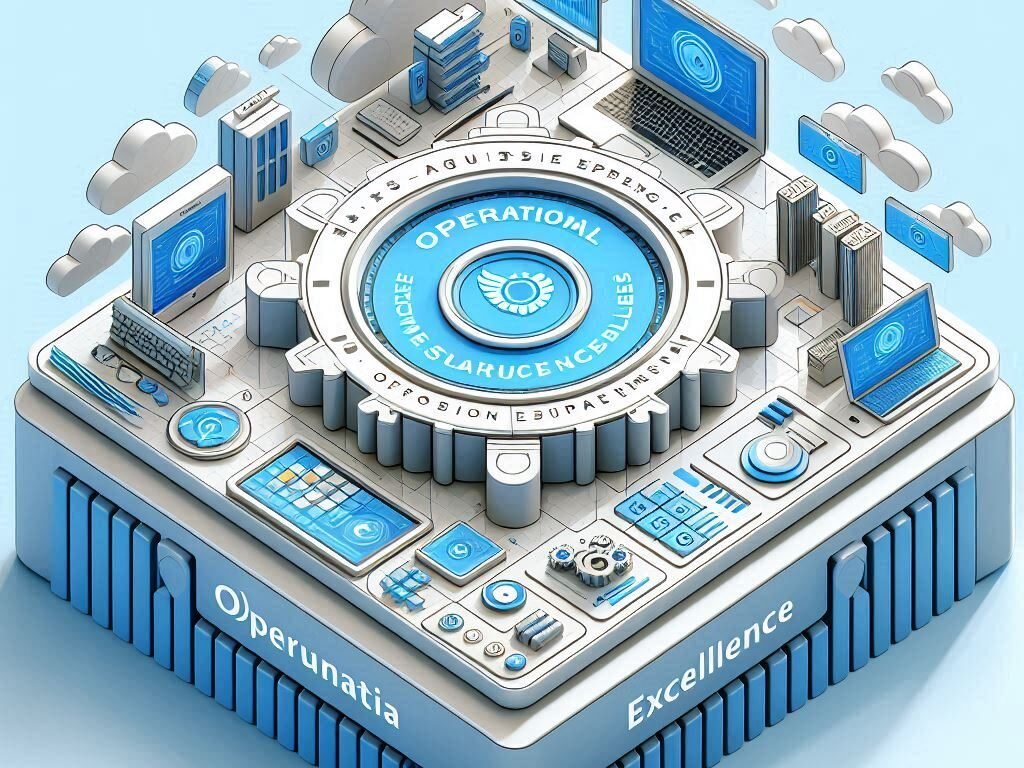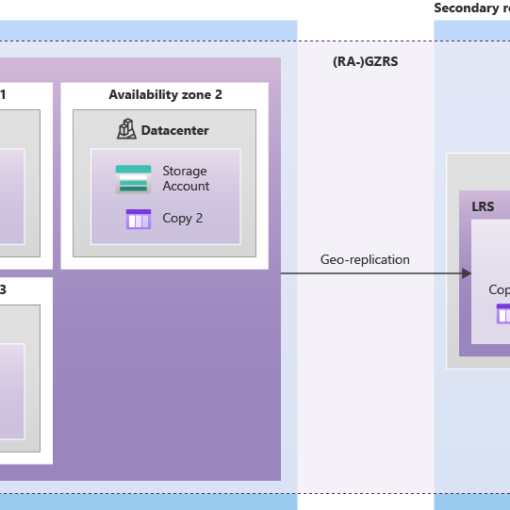
Operational excellence is at the heart of successful cloud operations. It ensures that your applications and services are running smoothly, efficiently, and reliably. The Operational Excellence Pillar of the Azure Well-Architected Framework provides guidelines and best practices to help you achieve this. By implementing its principles, you can streamline your operations, automate processes, and maintain high operational standards.
What is the Operational Excellence Pillar?
The Operational Excellence Pillar is one of the five pillars of the Azure Well-Architected Framework. It focuses on the processes, monitoring, and automation that help you achieve reliable and efficient operations. This pillar aims to enhance the operational quality of your cloud services and ensure continuous improvement.
Importance of Operational Excellence in Cloud Architecture
- Improved Efficiency: Streamlining operations and automating routine tasks increases efficiency and reduces operational costs.
- Reliability and Availability: Ensuring that services are reliable and available enhances user satisfaction and trust.
- Scalability: Efficient operations enable your applications to scale seamlessly to meet growing demands.
- Risk Mitigation: Proactive monitoring and incident management help mitigate risks and minimise downtime.
- Continuous Improvement: Operational excellence encourages a culture of continuous improvement, fostering innovation and adaptability.
Key Principles of the Operational Excellence Pillar
- Automated Operations
- Infrastructure as Code (IaC): Use IaC tools like Azure Resource Manager (ARM) templates, Terraform, and Ansible to automate the provisioning and management of your infrastructure.
- Automated Deployment: Implement continuous integration and continuous deployment (CI/CD) pipelines to automate application deployment and updates.
- Monitoring and Logging
- Comprehensive Monitoring: Use Azure Monitor and Application Insights to track performance, detect issues, and gain insights into your applications’ behaviour.
- Centralised Logging: Implement centralised logging to collect and analyse logs from different sources, enabling quick issue resolution.
- Incident Management
- Proactive Incident Response: Develop and maintain an incident response plan to address and resolve incidents promptly.
- Automated Recovery: Implement automated recovery procedures to restore services quickly in the event of a failure.
- Performance Optimisation
- Resource Optimisation: Continuously monitor and optimise resource usage to ensure optimal performance and cost-efficiency.
- Load Testing: Regularly perform load testing to identify performance bottlenecks and improve application scalability.
- Continuous Improvement
- Feedback Loops: Establish feedback loops to gather insights from operations and incorporate them into the development process.
- Operational Reviews: Conduct regular operational reviews to identify areas for improvement and implement best practices.
Implementing the Operational Excellence Pillar: Best Practices
- Adopt a DevOps Culture Foster a DevOps culture that emphasises collaboration between development and operations teams. This promotes shared responsibility for operational excellence and accelerates delivery cycles.
- Utilise Managed Services Take advantage of Azure’s managed services, such as Azure Kubernetes Service (AKS) and Azure App Service, to reduce operational overhead and focus on core business activities.
- Implement Robust Alerting Set up robust alerting mechanisms to notify your team of potential issues before they impact users. Use Azure Alerts to create actionable alerts based on specific metrics and conditions.
- Regularly Update Documentation Maintain up-to-date documentation for your operational processes and configurations. This ensures that your team has access to the latest information and can respond effectively to incidents.
Use Case: Retail Application
Consider a retail application that experiences high traffic during peak shopping seasons. By implementing the principles of the Operational Excellence Pillar, the retail company can automate its infrastructure provisioning, deploy updates seamlessly, and monitor application performance in real-time. This ensures that the application remains reliable and responsive, even during high-demand periods, providing a seamless shopping experience for customers.
The Operational Excellence Pillar of the Azure Well-Architected Framework is essential for maintaining reliable and efficient cloud operations. By following its principles and best practices, you can streamline your operations, automate routine tasks, and continuously improve your processes. Embrace the Operational Excellence Pillar to enhance your cloud operations and deliver high-quality services to your users.




